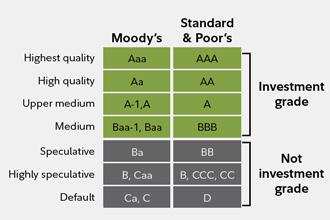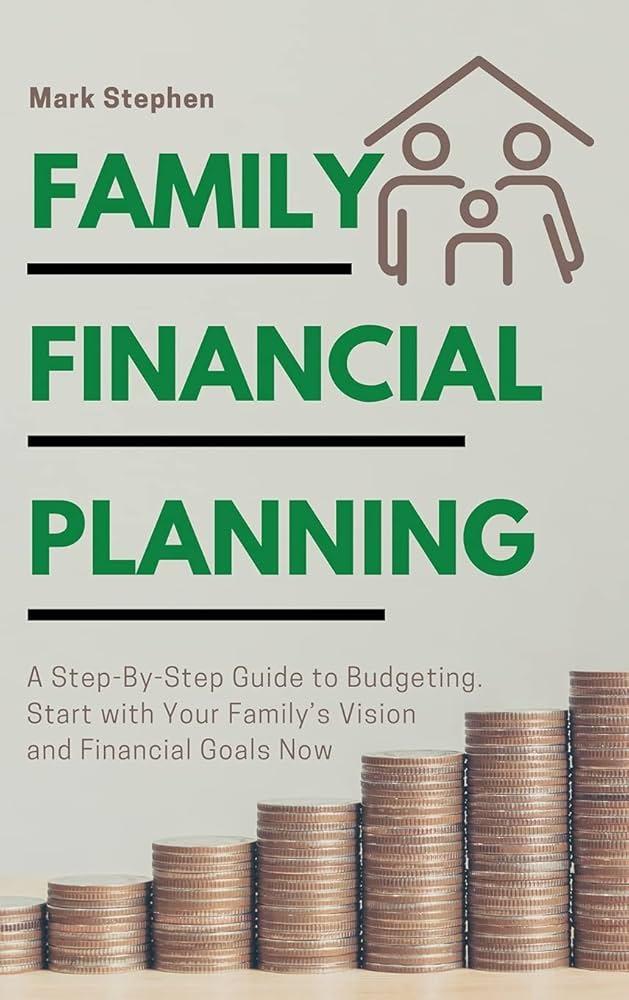In the ever-evolving landscape of personal finance, managing debt effectively is a crucial skill that can lead to significant financial freedom. Enter the debt ladder strategy—a powerful and systematic approach designed to help you tackle your debts with maximum efficiency. Whether you’re dealing with credit card balances, student loans, or other forms of debt, the debt ladder strategy offers a clear roadmap to prioritize and eliminate your financial burdens. In this article, we’ll guide you through the steps of implementing this strategy, empowering you with the knowledge and confidence to regain control of your finances. By understanding and applying the principles of the debt ladder, you’ll not only reduce your debt more effectively but also cultivate healthier financial habits for the future.
Understanding the Debt Ladder Strategy for Financial Success
The debt ladder strategy is a powerful method for efficiently tackling multiple debts by organizing them in a specific order. To get started, begin by listing all your debts along with their respective interest rates. The key here is to prioritize paying off the debt with the highest interest rate first while making minimum payments on the rest. This approach not only minimizes the total interest paid over time but also accelerates the process of becoming debt-free. Once the highest interest debt is cleared, move on to the next highest, creating a systematic and disciplined pathway to financial freedom.
- Identify all debts: Make a comprehensive list of what you owe.
- Rank by interest rate: Order debts from highest to lowest interest rate.
- Focus payments: Direct extra funds to the highest interest debt while maintaining minimum payments on others.
- Repeat the process: Once a debt is paid off, redirect those funds to the next debt on your list.
By following this strategy, you not only make the most of your financial resources but also build a habit of disciplined financial management. The sense of accomplishment as each debt is eliminated provides a psychological boost, reinforcing the positive behavior needed to achieve long-term financial success.
Identifying and Prioritizing Debts for Optimal Results
To effectively utilize the debt ladder strategy, the first crucial step is to identify all your debts and then strategically prioritize them. Begin by listing out each debt, noting down the total amount owed, the interest rate, and the minimum monthly payment. Once you’ve got a clear picture, focus on prioritizing these debts based on interest rates. The aim is to tackle the high-interest debts first, as these tend to accumulate quickly and can become a financial burden if left unattended.
When organizing your debts, consider these key elements to ensure maximum efficiency:
- High-Interest Rates: Target debts with the highest interest rates first to minimize the total interest paid over time.
- Balance Amounts: While interest rates are crucial, also keep an eye on the balance amounts to maintain manageable repayment schedules.
- Debt Type: Differentiate between secured and unsecured debts, as failing to pay secured debts could result in asset loss.
- Loan Terms: Review the loan terms to identify any penalties for early repayment or benefits for paying more than the minimum.
By following this structured approach, you can systematically reduce your debt burden, paving the way for a more stable financial future.

Implementing the Debt Ladder Method Step-by-Step
To begin leveraging the debt ladder strategy effectively, start by gathering all your financial information. Compile a list of all your debts including credit cards, personal loans, and any other outstanding balances. Make sure to note the interest rates and minimum monthly payments for each. This foundational step provides a clear picture of your financial landscape, allowing you to strategically prioritize which debts to tackle first.
Once you have a comprehensive list, arrange your debts in order of interest rate, from highest to lowest. This prioritization is crucial, as it allows you to focus on eliminating the most expensive debt first, maximizing your savings on interest payments. Begin by making the minimum payments on all debts except the one with the highest interest rate. Allocate any extra funds towards this debt to accelerate its payoff. As each debt is paid off, roll over the amount you were paying into the next debt on your list. This method not only helps in efficiently reducing your debt burden but also instills a sense of accomplishment as you see your list shrink over time.

Monitoring Progress and Adjusting Your Strategy for Continued Efficiency
As you embark on your journey to financial freedom using the debt ladder strategy, it’s crucial to continuously monitor your progress and make necessary adjustments. Regularly assessing your financial situation allows you to ensure that you’re on track to meet your goals. Start by setting up a schedule for reviewing your debts and payments. This could be monthly or quarterly, depending on your preference. During these reviews, evaluate your progress by comparing the current status of each debt with previous periods. Are you paying down the principal effectively? Have any interest rates changed? Identifying these factors early on can help you tweak your strategy for better outcomes.
Be prepared to adjust your strategy as needed. Life is full of unexpected changes, and your financial plan should be flexible enough to accommodate these shifts. Consider the following when making adjustments:
- Changes in Income: If you receive a raise or bonus, allocate a portion towards your debt repayment.
- Unexpected Expenses: Adjust your payments temporarily if necessary, but aim to return to your original plan as soon as possible.
- Interest Rate Variations: Keep an eye on interest rates, especially if you have variable-rate debts, and adjust your payment strategy to minimize additional costs.
By staying vigilant and responsive to your financial landscape, you can ensure that your debt ladder strategy remains effective and efficient over time.




